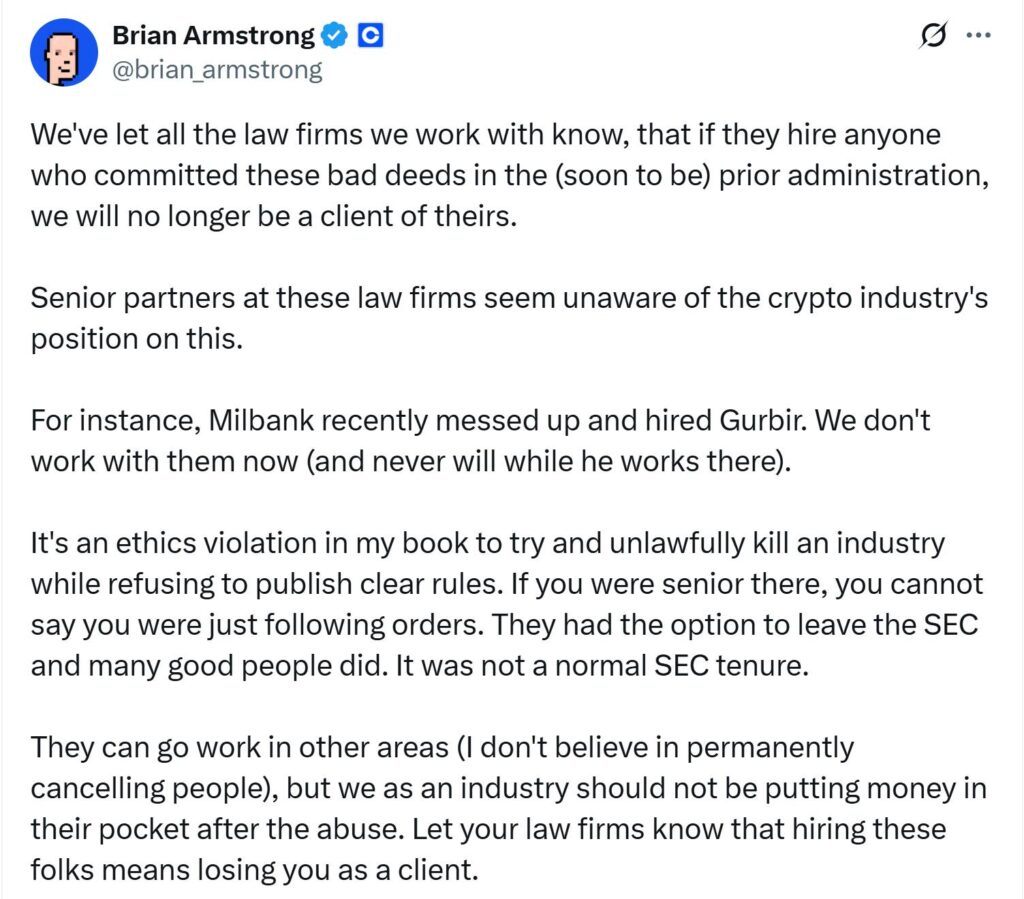Recent insights from former US Representative Patrick McHenry reveal an intriguing side of Gary Gensler, the former chair of the US Securities and Exchange Commission (SEC), suggesting that his public stance on cryptocurrency may not fully align with his private views. In a candid discussion on the Crypto in America podcast, McHenry disclosed that Gensler expressed a more nuanced appreciation for digital assets during private meetings, counter to his often sharply critical public persona.
McHenry’s reflections indicate that Gensler recognized the value of cryptocurrencies and blockchain technology while he was a professor at the Massachusetts Institute of Technology (MIT). Interestingly, Gerald Gallagher, a legal expert at Sei Labs, emphasized Gensler’s involvement in conceptualizing the airdrop, a significant yet lesser-known aspect of his background. However, once Gensler took the helm at the SEC, his approach reportedly transformed, straying towards a more combative regulatory posture.
“I had this weird, mistaken, stupid belief that he wouldn’t be that bad as SEC chair,” McHenry admitted, clearly reflecting on the surprise and disappointment many felt during Gensler’s regulatory tenure.
Under Gensler’s leadership, which began in 2021, the SEC became known for its aggressive stance against the cryptocurrency industry, launching over 100 regulatory actions. This strategy drew significant backlash from various industry leaders, with Coinbase’s CEO, Brian Armstrong, openly criticizing Gensler’s methods. In a notable move, Armstrong announced intentions to cut ties with law firms that employed former SEC officials, accusing them of efforts to undermine the crypto sector.
Further complicating the narrative, McHenry characterized discussions with Gensler around crypto regulation as often perplexing. He noted that conversations would begin in agreement but quickly devolve into contradictions, suggesting that Gensler’s public opposition may have been influenced more by political considerations than by a consistent regulatory philosophy.
After stepping down from the SEC on January 20, Gensler returned to MIT, now focusing on teaching in fintech and artificial intelligence. His legacy at the SEC, however, remains marked by controversy and diverging perspectives within the cryptocurrency community as it navigates an evolving regulatory landscape.
Insights on Gary Gensler’s Stance on Crypto
The discussion surrounding former SEC Chair Gary Gensler’s public and private attitudes toward cryptocurrencies reveals complexities that may impact stakeholders in the crypto industry. Here are the key points from the recent discussions:
- Private vs Public Persona:
Former Representative Patrick McHenry disclosed that Gensler expressed a more nuanced view of digital assets in private meetings, indicating a potential discrepancy between his public statements and private beliefs.
- Recognition of Blockchain Value:
Gensler previously acknowledged the value of blockchain technology during his academic tenure at MIT, suggesting he was not entirely hostile to innovation in the crypto space.
- Regulatory Stance Shift:
Once appointed as SEC Chair, Gensler’s approach to crypto regulation became aggressive, leading to over 100 regulatory actions against industry players.
- Confusing Regulatory Discussions:
McHenry noted that conversations with Gensler on crypto often started reasonably but quickly became contradictory, reflecting a potentially chaotic regulatory environment.
- Influence of Political Context:
It’s suggested that Gensler’s public opposition to crypto may have been influenced by Senate politics and the dynamics of his confirmation process.
- Industry Backlash:
Under Gensler’s leadership, the SEC faced significant backlash from crypto industry leaders, with companies like Coinbase and Gemini responding to the agency’s actions by cutting ties with former SEC officials.
“I had this weird, mistaken, stupid belief that he wouldn’t be that bad as SEC chair.” – Patrick McHenry
Understanding these dynamics is crucial for stakeholders in the crypto space as regulatory actions can directly impact market behavior, innovation potential, and the overall growth of the industry.
Unpacking Gensler’s Crypto Paradox: Insights from Patrick McHenry
Recent remarks from former US Representative Patrick McHenry shed light on the enigmatic tenure of Gary Gensler as the chair of the US Securities and Exchange Commission (SEC). McHenry’s insights portray a complex picture of Gensler’s private views on cryptocurrency and blockchain technology, contrasting sharply with his public persona. This discrepancy has led to increased scrutiny and debate within the crypto community.
Competitive Advantages: McHenry’s revelations could potentially act as a catalyst for a shift in perception regarding regulatory dynamics in the crypto space. Many in the industry may feel empowered by the acknowledgment that Gensler was initially more amenable to digital assets than his subsequent actions suggested. This could foster a renewed optimism among crypto enthusiasts and innovators who are seeking clarity in regulatory frameworks. Such insights may also have implications for other regulatory bodies that might rethink their harsh stances in light of this new information, possibly leading to more constructive engagements between regulators and crypto firms.
Competitive Disadvantages: However, this revelation also opens a Pandora’s box of skepticism and confusion. For industry stakeholders hoping for a straightforward regulatory landscape, the disconnect between Gensler’s private beliefs and public actions could breed mistrust. Companies like Coinbase and Gemini, already critical of over-regulation, may find this duality complicating their strategies, especially when navigating hiring practices and collaborations with institutions tied to Gensler. The potential fallout from this perceived duplicity might deter talent from entering the sector and exacerbate existing tensions between traditional finance and crypto.
Who Stands to Benefit? On one hand, emerging crypto firms and startups could capitalize on this newfound narrative, positioning themselves as advocates for a more balanced approach to regulation. Engaged entrepreneurs can leverage this narrative to push for constructive dialogue and to advocate for policymaking that recognizes the value of innovation while ensuring investor protections. However, established players within the crypto space, particularly those who had already faced repercussions under Gensler’s aggressive regulatory actions, may have a tougher road ahead as they contend with the consequences of an opaque regulatory environment.
Potential Challenges: On the flip side, Gensler’s complicated legacy may have repercussions for industry veterans who were closely aligned with his earlier academic insights. Companies that had looked to Gensler’s leadership as a unifying figure in navigating regulations may find themselves at odds with the current environment that calls for transparency and consistency in regulatory approaches. In essence, while his past may open doors for dialogue, the lingering bitterness from industry leaders about the stringent regulations could create a tension that hinders forward movement.
As the conversation around crypto continues to evolve, McHenry’s insights provide fertile ground for discussions on the future of regulation in this dynamic sector. Stakeholders on all sides will need to grapple with Gensler’s paradoxical legacy as they chart the course ahead.















